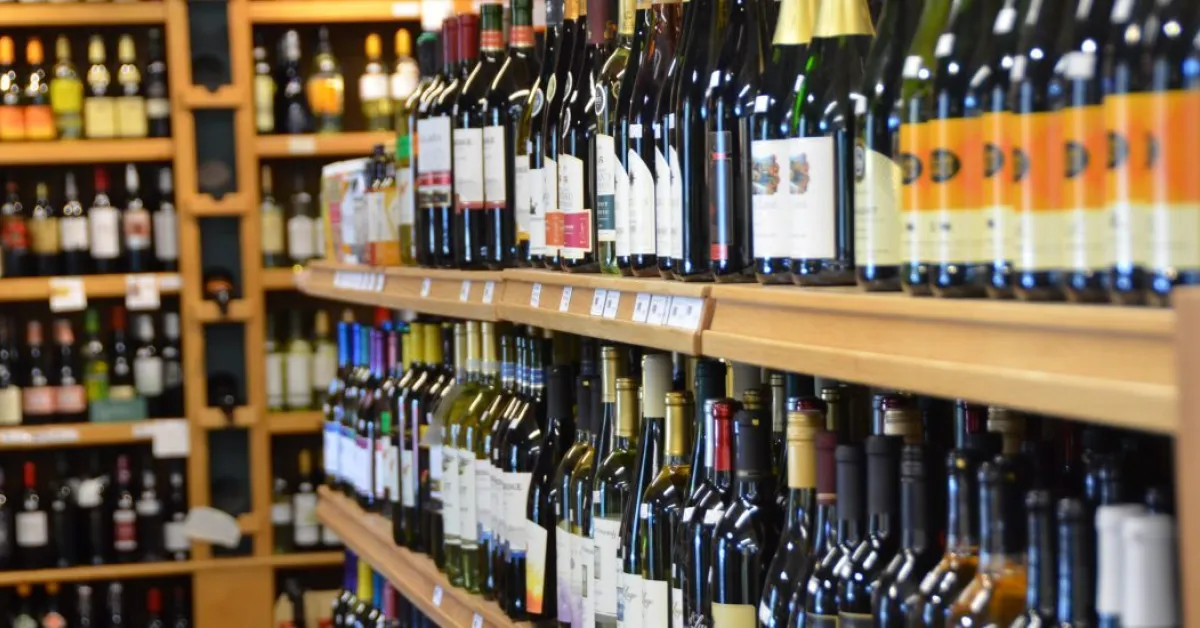Kenya’s New Alcohol Policy Faces Familiar Enforcement Failures

Kenya's latest attempt to overhaul its alcohol regulation framework has triggered a fierce debate, pitting public health concerns against the economic viability of the alcohol industry.
The National Authority for the Campaign Against Drug and Alcohol Abuse (Nacada) recently introduced a comprehensive policy aimed at reshaping alcohol distribution, marketing, and consumption across the nation. However, industry stakeholders are warning that the proposed measures risk damaging legitimate businesses without effectively addressing the long-standing enforcement issues that have plagued previous regulatory efforts.
The National Policy for the Prevention, Management and Control of Alcohol, Drugs and Substance Abuse, championed by Interior Cabinet Secretary Kipchumba Murkomen, proposes a raft of restrictions. A key point of contention is the proposal to raise the minimum legal drinking age from 18 to 21. The policy also targets retail practices, advocating for a ban on alcohol sales in supermarkets, restaurants, residential areas, public transport, and online platforms.
Furthermore, alcohol manufacturers would be required to contribute financially to the rehabilitation of individuals affected by alcohol abuse, a provision the industry deems unfairly punitive for responsible operators. This initiative follows previous attempts to regulate alcohol consumption in Kenya, most notably the 2010 Alcoholic Drinks Control Act, commonly known as the Mututho Law.
Initial studies suggested the law had a positive impact, leading to a temporary reduction in binge drinking and improved regulatory compliance. However, these gains proved short-lived as lax enforcement, corruption, and limited resources allowed illicit alcohol markets to resurge. Unlicensed vendors quickly surpassed formal traders in many urban areas, undermining the law's objectives.
Nacada's research highlights the role of fragmented governance in exacerbating the problem. The agency has identified inconsistent coordination between national and county authorities, with Alcoholic Drinks Control Committees often inactive or non-existent in many counties. This lack of a unified enforcement strategy allows illegal outlets to proliferate, hindering efforts to mitigate alcohol-related harm.
The proposed policy seeks to address these deficiencies through stricter controls. These include a 300-metre buffer zone between alcohol outlets and schools, more stringent licensing procedures tied to tax compliance, and a comprehensive crackdown on marketing practices. Celebrity endorsements, outdoor advertisements near homes or educational institutions, and sponsorship of social events would be prohibited under these measures.
However, industry representatives argue that the policy's scope is excessive and could have detrimental economic consequences. The Pubs, Entertainment and Restaurants Association of Kenya (Perak), along with brewers and retail lobby groups, has criticised the policy, estimating that over 1.3 million livelihoods could be at risk. Retailers argue that alcohol sales constitute a significant portion of their revenue, and bans, especially those targeting e-commerce, could have unintended adverse effects.
East African Breweries Ltd (EABL), a major regional producer, warns that restricting digital sales could drive consumers back to illicit brews, particularly those who adopted online purchasing habits during the COVID-19 pandemic. In response to the mounting criticism, Nacada CEO Antony Omerikwa clarified that the policy, introduced in July 2025, is intended as a guiding document rather than an immediately enforceable law.
He said that any subsequent regulatory changes would undergo public consultation and legislative review. Despite these assurances, concerns remain among stakeholders that the top-down approach fails to account for the practical challenges faced by compliant businesses, while neglecting the underlying causes of illicit alcohol production and distribution. Government statistics underscore the severity of the issue. Counterfeit and unregulated alcoholic beverages are estimated to constitute up to 60 percent of the market, with some containing dangerous substances such as methanol.
A 2024 report by the National Crime Research Centre attributed this prevalence to poor coordination among state agencies, unclear mandates, and inconsistent enforcement actions often influenced by political cycles. The human cost has been particularly devastating in low-income communities, where numerous deaths have been linked to toxic brews. The Kenya Association of Manufacturers (KAM) echoes these concerns, citing a complex regulatory environment that hinders legitimate business operations.
Companies must navigate a maze of bureaucratic procedures involving multiple ministries and agencies, each with its own permit requirements. Unexpected increases in excise duty, often implemented without consulting the industry, further destabilise the sector and discourage formalisation. Critics fear that Nacada's new policy risks repeating past mistakes by penalising the formal sector while allowing the informal sector to flourish.














Add new comment